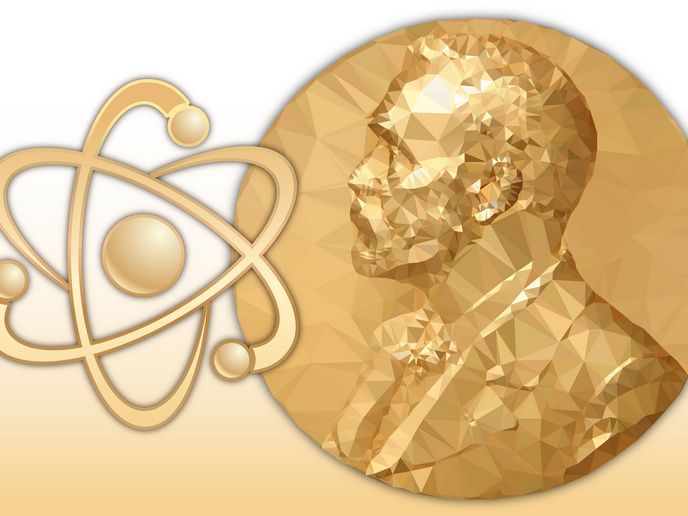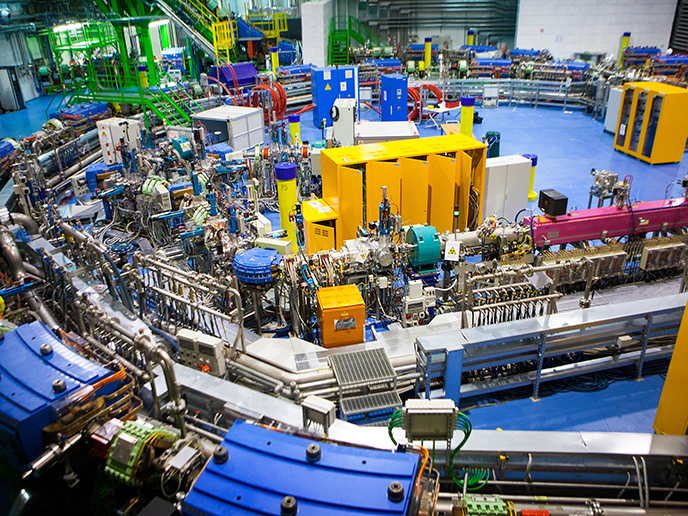Applying quantum mechanics to complex systems
Quantum mechanics(opens in new window) describes the mind-boggling properties of nature at the microscopic scale. In this world for example, scientists have shown that a particle can be in a superposition(opens in new window) of two states at once. “What this means is that a particle – such as an electron – can be somehow both here and there, at the same time,” explains TEQ(opens in new window) project coordinator Angelo Bassi from the University of Trieste(opens in new window) in Italy. “More precisely, this is what happens to the wave function describing the particle. Like waves in the ocean, these mathematical waves separate, and when they recombine they interfere with each other. From this interference, scientists can conclude that they were at some point separated, and then brought back together.”
Quantum theory questions
Scientists are confident therefore that elementary particles, atoms and even some more complex molecules, can exist in this quantum state. What happens though when we keep climbing up the microscopic scale to even bigger, more complex systems? Could we exist in a quantum state? And if not, why? “Quantum theory suggests this is possible,” adds Bassi. “A key question therefore is whether there is a certain point where quantum mechanics fails.” This touches on the famous Schrödinger’s cat thought experiment, where a hypothetical unseen cat may be considered simultaneously both alive and dead as a result of an action that may or may not have happened.
Wave function collapse
The contribution of the TEQ project to this question has been to go beyond the current state of the art in quantum experiments. Quantum physicists have tended to look to see if an isolated particle displays the kind of wave interference mentioned above. If there is interference, then researchers can deduce that the particle has been in superposition. “The challenge is achieving this with more and more complex systems,” notes Bassi. “It is technologically very difficult to create and control superposition by isolating all surrounding interference.” To address this, the TEQ project adopted a new strategy. It applied what are known as spontaneous wave function collapse(opens in new window) models to predict when quantum mechanics breaks down. This assumes that a certain ‘noise’ is created when the superposition collapses. “Instead of looking for superposition, we developed a new experiment for detecting this ‘noise’,” says Bassi. To do this, the project team trapped cooled nanocrystals, and manipulated them to detect the slightest movement. If movement was detected, the scientists would know that ‘noise’ was being created.
Measuring quantum gravity
The key success of the TEQ project has been to demonstrate that such an experiment is feasible. This has opened the door to exciting new possibilities in quantum experimentation. “Moving forward we will continue to measure this noise, and improve the sensitivity of the experiment,” he remarks. “This will enable us to analyse noise from weaker and weaker signals.” The idea is that larger, more complex systems can be experimented with, thus closing the gap with the macroscopic world. The TEQ project team was also able to demonstrate the exquisite sensitivity of their quantum-powered innovation. This could lead to interesting new experiments in measuring new phenomena related to gravity. “We know very little about gravitational behaviour in the true quantum state,” says Bassi. “Gravity is actually a very weak force, and you need an extremely good sensor to measure it. We are very interested in applying this sensor to address questions relating to gravity.”







